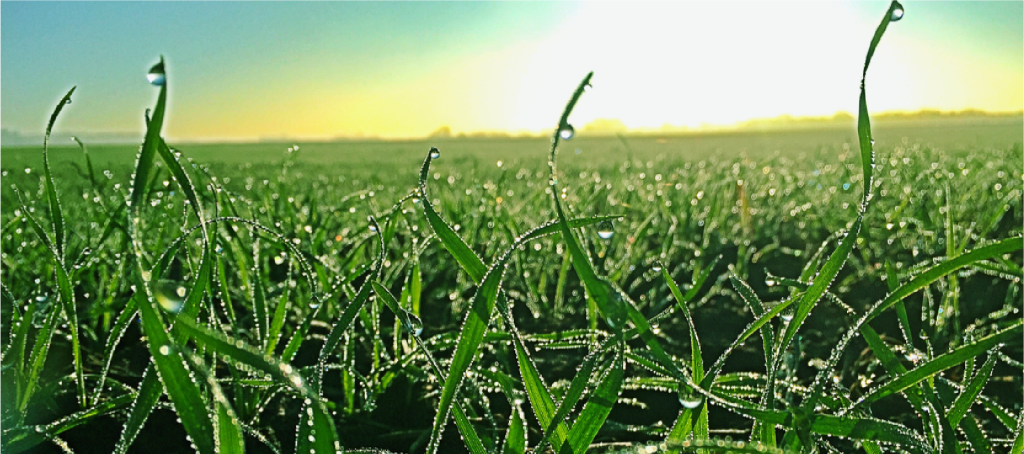With the AgriMAXX genetics and the right management techniques, high yielding wheat is possible. Starting out on the right foot and paying close attention to detail to your wheat can pay huge dividends towards your profitability. Before you put your wheat in the ground, pay attention to the following: field drainage, soil pH and fertility, variety selection, fall fertility management and planting recommendations. Read more below.
Drainage
Adequate drainage plays a key role for stand establishment and nitrogen availability in wheat.
Soil pH and Soil Fertility
High yielding crops must begin with a good soil fertility foundation. The following levels are essential in obtaining optimum yields.
- pH: 6.3-6.8
- P1: 45+
- K: 240+ in low CEC soils
- K: 320+ in high CEC soils
- Shoot for a base saturation on K of 3.2%
- Soil test every 4 years to verify fertility levels are adequate.
Variety Selection
- Plant the highest yielding varieties that fit your area and management system (Grain & Double Cropping, Forage, Silage, or Straw)
- Select the best variety to fit your desired row spacing. Drilled or 15″ spacing.
- Planting AgriMAXX’s Advanced seed treatment will prevent early season diseases and aphid activity which causes Barley Yellow Dwarf Virus. The Zinc based nutritional in the Advanced treatment will improve rooting power, plant health, and vigor.
Fall Fertility Management
Apply fertilizer to maintenance and buildup levels according to your soil test and yield goals.
- Nitrogen
- Limit fall nitrogen rates to 30#’s of actual N following soybeans.
- Adjust fall N rates when wheat is following corn. 20#’s per acre additional N is recommended.
- Potassium – additional fertilizer may be needed depending on your specific cropping system.
- Grain only removal is .5 lbs of 00-00-60 per bushel.
- Wheat straw removes 40 lbs of 00-00-60 per ton.
- Double Crop beans remove 1.95 lbs of 00-00-60 per bushel.
Planting Recommendations
- Planting Date
- Plant your wheat as close to the fly free date as possible. This is the optimum planting planting date for high-yielding wheat. Wheat planting close to the fly free date is less likely to be impacted by insects and diseases.
- Planting Population
- Target 1.5-1.7 million seeds per acre when using a drill.
- Target 1.3-1.5 million seeds per acre when planting in 15″ rows.
- Populations should be increased by 10% when no-tilled following corn.
- Broadcast wheat is not recommended for optimum yields.
- If planting is delayed much past the fly free date. It is recommended to increase the seeding rate 10% starting 2 weeks after the fly free date.
- Use the chart below to adjust your population based on seed size and planting date.
- Planting Depth
- Wheat should be drilled, or planted, at a depth of 1-1.5″ to provide optimum stand establishment and encourage root development for winter survival.
- Residue Management
- Size residue in the fall to provide and optimum seed bed.
- Heavy residue can pose some challenges when trying to establish a stand in no-till wheat.
Go to Cornerstone #3: Weeds, Insects and Plant Diseases →
Interested in growing AgriMAXX? Contact us.
To find the right varieties for your area, click here.

